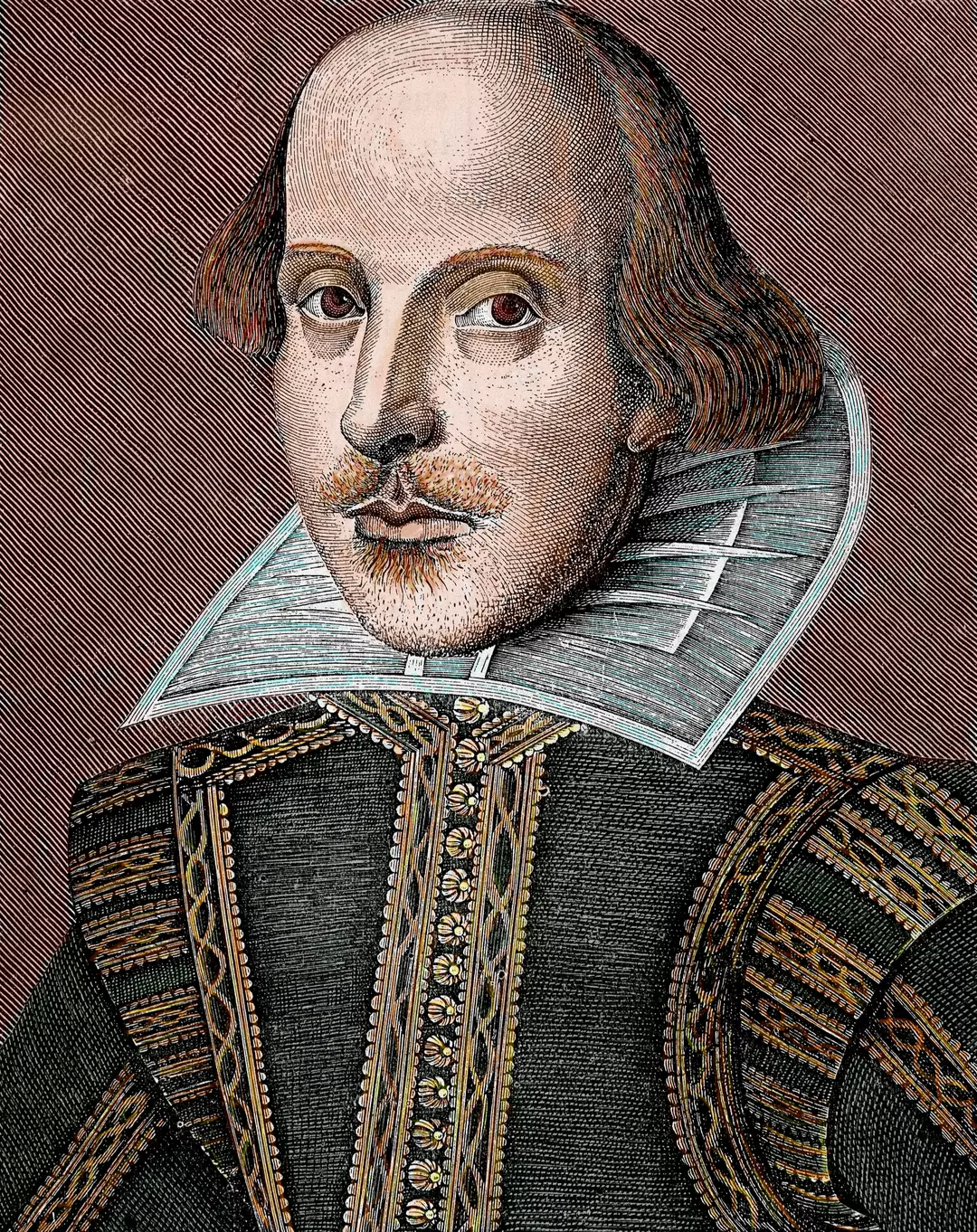The phrase ‘6-7’ has recently become a viral sensation among younger generations, leaving many older individuals puzzled as it rapidly spreads through schools nationwide.
Initial efforts to decipher the meme suggest that the phrase lacks a direct meaning and may simply be linked to Philadelphia drill rapper Skrilla’s track ‘Doot Doot’.
Some argue that the phrase became popular due to a TikTok user who employed Skrilla’s song to humorously claim that 6’7″ NBA player LaMelo Ball plays as if he were 6’2″.
Interestingly, the concept behind this meme may have historical roots, dating back to medieval times, with the numbers six and seven carrying significant meaning as documented by early English writers.

One of the earliest mentions of these consecutive numbers appears in the work of Geoffrey Chaucer, the 14th-century poet considered a pioneer of English literature.
In his narrative poem, Troilus and Criseyde, Chaucer inadvertently penned a line that resonates in today’s classrooms.
Criseyde’s uncle advises Troilus to take decisive action and ‘manly set the world on sixe and sevene.’
When translated from Middle English, this line unveils the historical meaning of ‘6-7’, long before Skrilla reintroduced the phrase.
In this context, Troilus is encouraged to ‘risk all on a six or seven,’ referencing a dice game called ‘Hazard,’ where rolling a six or seven was infrequent and typically avoided by players.

William Shakespeare, renowned as one of history’s greatest playwrights, also made mention of this concept, which would intrigue today’s younger audiences.
Like Chaucer, Shakespeare referenced the game Hazard, a more intricate version of Craps, and he coined a phrase in 1695 that remains relevant.
In Richard II, the numbers are used to describe a state of chaos and misfortune, with the line “All is uneven, and everything is left at six and seven.”
David Marcus elaborated on this connection between the meme and the medieval game in a Fox opinion piece, explaining how Hazard, played in British pubs for centuries, worked and why ‘6-7’ was inauspicious.
He stated: “In the game, a player would call out the number he was trying to shoot for, or make, with two six-sided dice. Five, eight, and nine were the most likely results. Six and seven, gamblers quickly discovered either through math or experience, offered lower odds and hence less chance of winning.”
Famed for works like Pride and Prejudice, Jane Austen also referenced this historical meaning in her writings, showcasing its persistence into the Regency era.
In her unfinished novel Catherine, or The Bower, Austen illustrates how the dice game metaphor evolved over the centuries since Chaucer’s time.
Austen employs the metaphor to depict her protagonist’s tumultuous internal state, rather than just referring to unlucky numbers.
“Everything as she expressed herself be at sixes and sevens,” Austen wrote in 1792.
Scholars interpret this line as challenging the rigid femininity norms of the era, highlighting the complexity and contradictions in women’s inner lives.
So, when a student mentions the ‘6-7’ meme, you can trace its origins back to Chaucer, Shakespeare, and Austen, providing a historical context to this contemporary trend.

